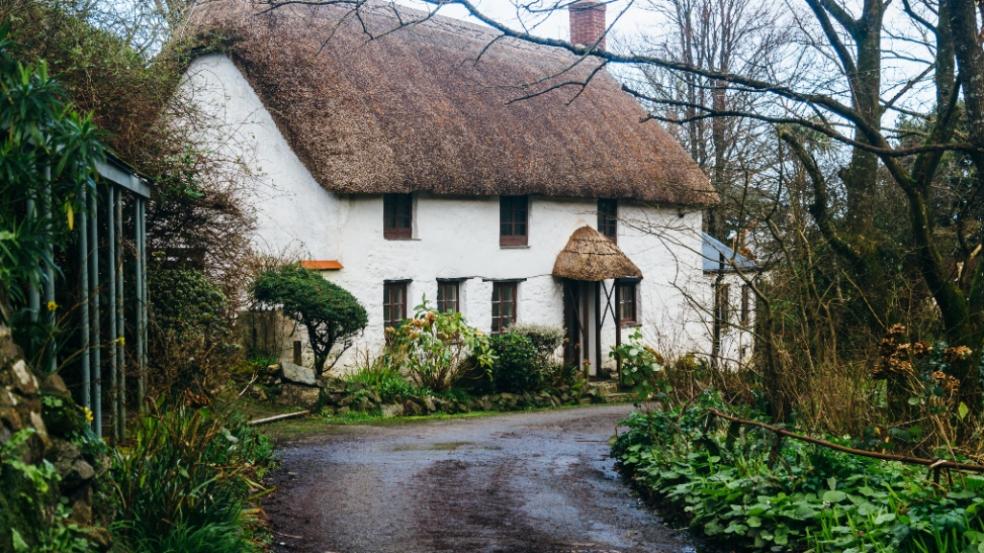
The UK’s Grade Listed Homebuyer Property Hotspots
The latest research by estate agent comparison site, GetAgent.co.uk, has revealed that Cambridge, Cardiff and Leicester are the current city hotspots for homebuyer demand where grade listed homes are concerned.
Grade listed buildings are often a cut above the rest and offer homeowners the chance to own a beautiful and historic home. Most listed buildings fall within the Grade II category meaning they are of special or particular historical importance, with Grade I buildings classed as being of exceptional interest.
While they often offer the chance for homebuyers to purchase a unique piece of architectural history, they do come with a greater level of responsibility than your average new-build. Buying a grade listed building will make you the custodian of that property and more often than not, little to no additions can be made to the home to protect its originality, character and historical context.
This can also include any additional structures external to the property including garden walls and even modern improvements such as double glazing may not be permitted.
You’re also duty-bound to maintain the state of the property and to prevent it from falling into disrepute which can require specialist materials and potentially specialist tradespeople with specific skills. All of which can also make a grade listed property expensive to insure.
So it’s important to know what you’re committing to when looking to buy a grade listed home but if these additional commitments haven’t put you off you may struggle to find one in the first place.
GetAgent analysed current property listing data and found that grade listed homes accounted for just 2.4% of all homes listed across 23 major UK cities.
Manchester currently offers the best opportunity for a grade listed property purchase, with grade listed homes accounting for 7% of all stock listed. Plymouth (5%), Liverpool (4%), Newcastle (3%) and Sheffield (3%) also present some of best chances of getting on the grade listed property ladder.
However, when it comes to buyer demand for this niche segment of the market, Cambridge is the grade listed homebuyer hotspot with 69% of all grade listed homes listed online already either sold subject to contract or under offer.
Cardiff (65%), Leicester (62%), Sheffield (61%) and Leeds (57%) are also amongst the UK’s major cities with the highest homebuyer demand for grade listed homes.
Founder and CEO of GetAgent.co.uk, Colby Short, commented:
“Purchasing a property can be a daunting experience but opting for a grade listed home is probably one of the most daunting in terms of the commitment you’re making and the potential costs of upkeep.
However, it does mean you acquire a piece of UK bricks and mortar history and for some, this is a highly desirable factor.
When considering a grade listed purchase it’s important to do your research above and beyond that of a regular purchase.
The National Heritage List for England, or a similar resource, is a good place to start as it will give you a comprehensive background on the building, why it has been grade listed and where you will be able to make any changes or improvements if any.
Check the history of any work done on the home. The previous owner may have failed to gain consent and if this is the case, the repercussions will fall at your door as the new owner.
The building is historic and so prepare to forget anything you know about the modern makeup of a home as it’s likely to be widely different. Using a specialist surveyor is a must in this instance and will be able to shine a light on any immediate potential improvements or upkeep required.”









